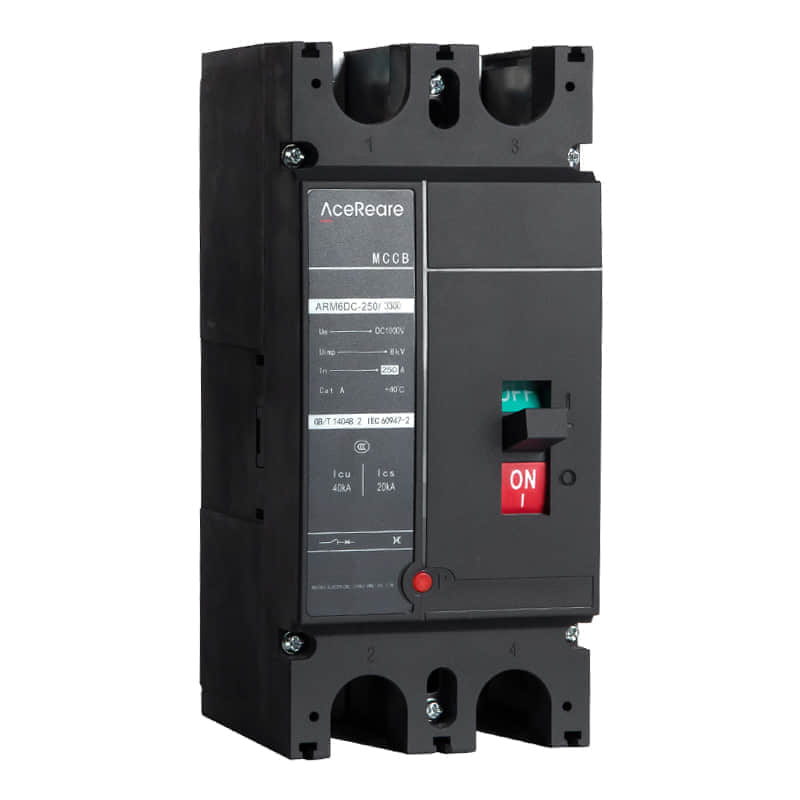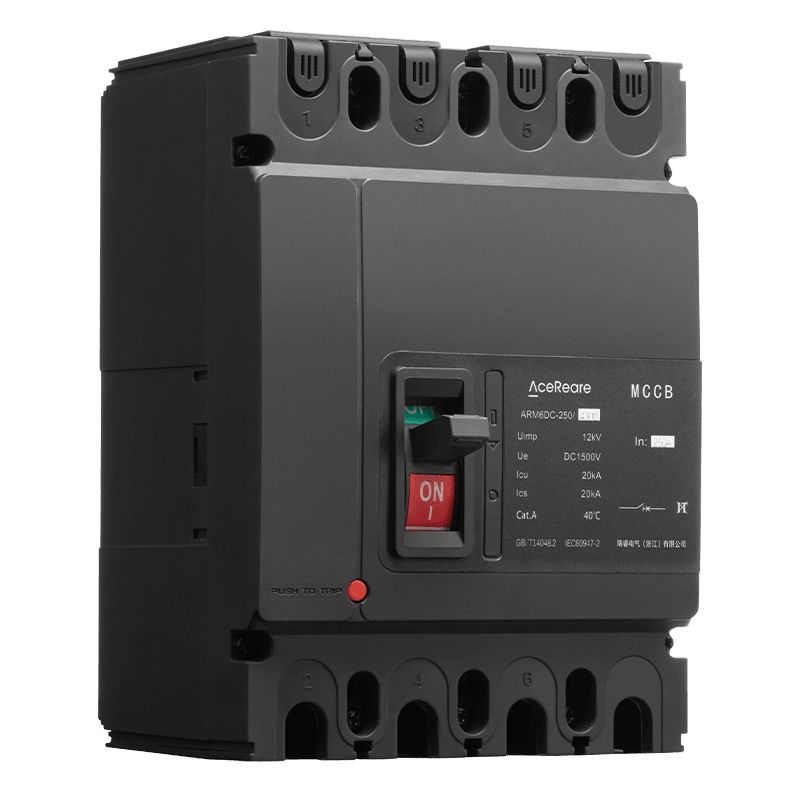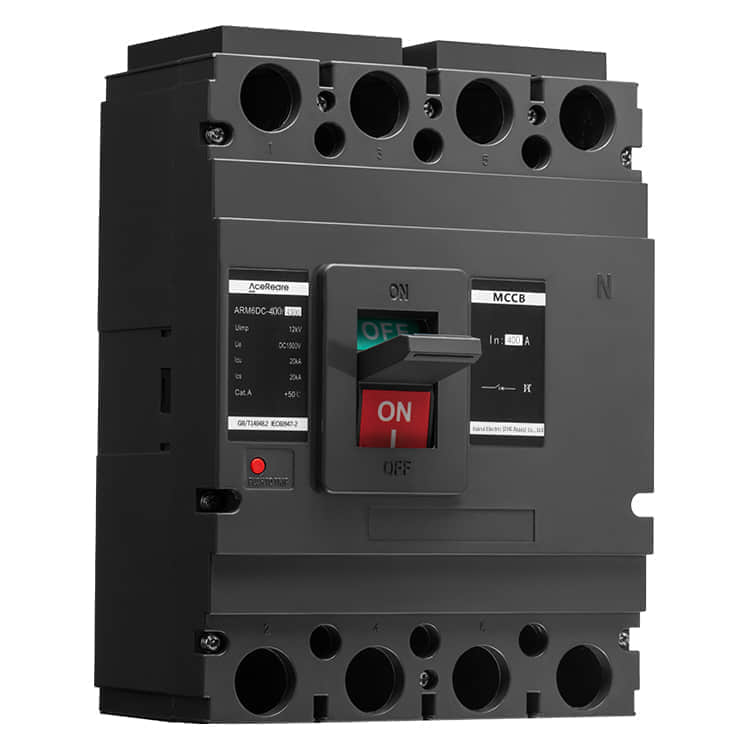In recent years, the world has witnessed a remarkable surge in the adoption of solar photovoltaic (PV) systems as a clean and sustainable energy source. As the PV industry continues to grow, so does the need for efficient and reliable protection mechanisms for these systems. One critical component that has emerged to meet this demand is the Photovoltaic DC Circuit Breaker.

Photovoltaic DC circuit breakers are specialized devices designed to safeguard solar PV installations by interrupting the flow of direct current (DC) in the event of overcurrent or faults. This article explores the significance, functionality, and benefits of PV DC circuit breakers in the context of the evolving solar energy landscape.

The Significance of PV DC Circuit Breakers As the heart of any solar PV system, inverters convert the DC power generated by solar panels into AC power for use in homes or the grid. However, the DC side of a PV system poses unique challenges due to its higher voltage and the potential for high fault currents. To ensure the safety and reliability of PV installations, photovoltaic DC circuit breakers play a pivotal role. Functionality and Operation Photovoltaic DC circuit breakers operate on a simple yet effective principle. They are installed on the DC side of the solar array, typically between the solar panels and the inverter. These devices continuously monitor the current passing through them. Overcurrent Protection:DC circuit breakers respond rapidly to overcurrent situations, such as those caused by a short circuit or excessive load, by interrupting the DC circuit. This immediate response prevents damage to the equipment and ensures the safety of the entire PV system. Fault Detection:In the event of a fault, such as a ground fault or a reverse current flow, the circuit breaker detects the abnormal current pattern and trips to isolate the faulted portion of the system. This action prevents the fault from spreading and minimizes downtime. Remote Monitoring:Many modern PV DC circuit breakers are equipped with remote monitoring capabilities, allowing system operators to monitor and control the breaker’s status and settings from a central location. This feature enhances the efficiency of maintenance and troubleshooting. Benefits of Photovoltaic DC Circuit Breakers The adoption of photovoltaic DC circuit breakers offers several key benefits to the solar industry and PV system owners: Enhanced Safety:PV DC circuit breakers provide an additional layer of safety, reducing the risk of electrical fires and equipment damage. They contribute to safer and more reliable PV systems. Reduced Downtime:By quickly isolating faults and overcurrent conditions, these circuit breakers help minimize system downtime, ensuring a continuous and uninterrupted energy supply. Compliance with Standards:Photovoltaic DC circuit breakers are designed to meet industry-specific standards and codes, ensuring that PV installations comply with safety regulations. Longevity of Components:Protecting the DC side of the PV system helps extend the lifespan of inverters, solar panels, and other critical components, reducing maintenance and replacement costs. Improved System Performance:Circuit breakers enable better control and management of the PV system, optimizing its overall performance and energy yield. Conclusion The advent of photovoltaic DC circuit breakers represents a significant advancement in the solar industry. These devices not only enhance the safety and reliability of PV installations but also contribute to the broader goals of clean and sustainable energy generation. As the solar energy landscape continues to evolve, the importance of photovoltaic DC circuit breakers cannot be overstated. Their adoption ensures that solar power remains a viable and efficient energy source for years to come, powering a more sustainable future.
